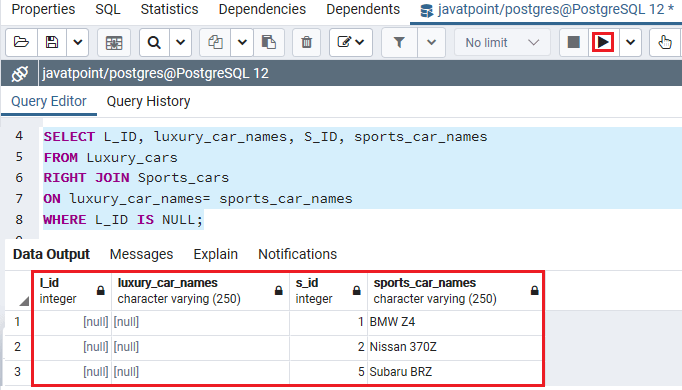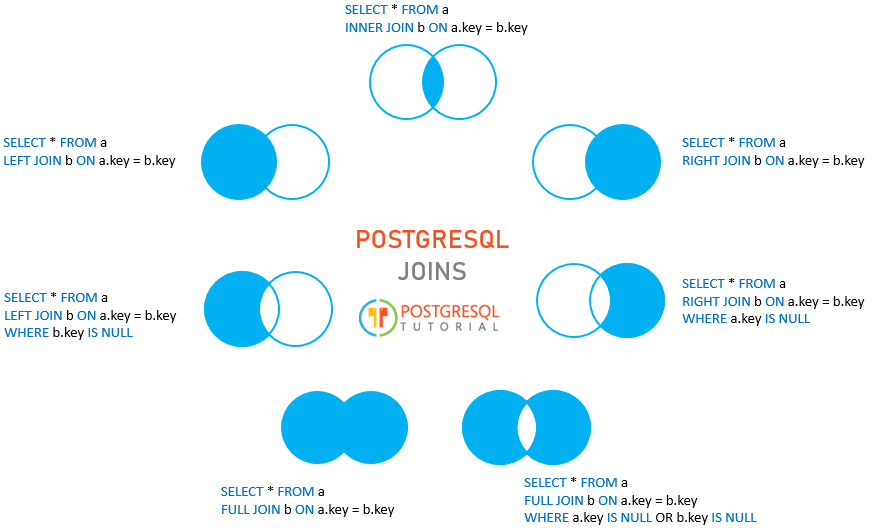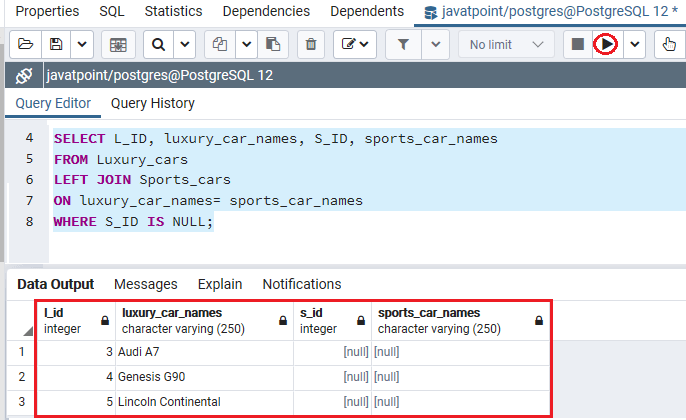

BTree indexes are very powerful and have a wide range of applications. The planner can combine indexes for other operations like Scans and significantly speed up queries.This is typically called a "cartesian product." SELECT This query might not make sense in the real world, but you can draw parallels where you might join based on this condition. Let's do a query where we want to select all data from both tables on the condition that the ID of the user_info table is lesser than the payment_info table. An index cannot really help much in this case, since the building of the hash table involves a sequential scan (a scan of all the rows present in the table). A planner usually decides to do a hash join when the tables are more or less the same size and the hash table can fit in memory. Building the hash table is an added cost, but remember that the lookup (based on a good hash function) is effectively O(1) in terms of asymptotic complexity. We'll then use this table to scan the outer table, payment_info. In our example, we will create the hash table on the column id of the table user_info. Hash join.Īs the name suggests, a hash join builds a hash table based on the join key. Running an explain for this query would generate a hash join. JOIN payment_info on user_info.id = payment_info.id Let's run a simple query that combines the data from two tables. SET max_parallel_workers_per_gather = 0 įinally, we will look at parallelization in joins in the dedicated section. Similar to the article on scan nodes, we will set max workers to zero to make our plans look simpler. We will run several queries and use EXPLAIN to inspect their query plan. What you need is just a LEFT JOIN with BETWEEN in the ON clause in order to determine whether Date field of Table1 falls within any DateFrom, DateTo interval of Table2.


Let's start querying the table where we have created and loaded the data. Try this: SELECT t1., t2.Signatory FROM Table1 AS t1 LEFT JOIN Table2 AS t2 ON t1.'Date' BETWEEN t2.DateFrom AND t2.DateTo. COPY user_info(id, phone, name, job, address) FROM '/path/to/csv' DELIMITER ',' ĬOPY payment_info(id, account_number, bank_country, intl_account_number) FROM '/path/to/csv' DELIMITER ',' Ĭopying the user info. I created a million rows using the above script and loaded the data into PostgreSQL using the below commands.
#Postgresql join multiple tables generator#
User_info = f"'' \n"įake data generator using faker python library.

# Change this range to whatever value you likeĪddress = faker.address().replace(',', '').replace('\n', '')
#Postgresql join multiple tables code#
Below is the code used to generate the CSV files for data. We are going to use the faker library in Python to generate some fake user data. Queries for CREATE TABLE are given below. The id column connects them, and they have a one-to-one relationship. These tables are primarily for testing and self-explanatory in what they store. Generated using the Arctype ERD template in Figma. Let's have two tables in our data that have the following structure. You may use the table method provided by the DB facade to begin a query.To understand how PostgreSQL prepares the plans for join queries, we need to set up data for experimentation. Therefore, you should never allow user input to dictate the column names referenced by your queries, including "order by" columns. PDO does not support binding column names. There is no need to clean or sanitize strings passed to the query builder as query bindings. The Laravel query builder uses PDO parameter binding to protect your application against SQL injection attacks. It can be used to perform most database operations in your application and works perfectly with all of Laravel's supported database systems. Laravel's database query builder provides a convenient, fluent interface to creating and running database queries.


 0 kommentar(er)
0 kommentar(er)
